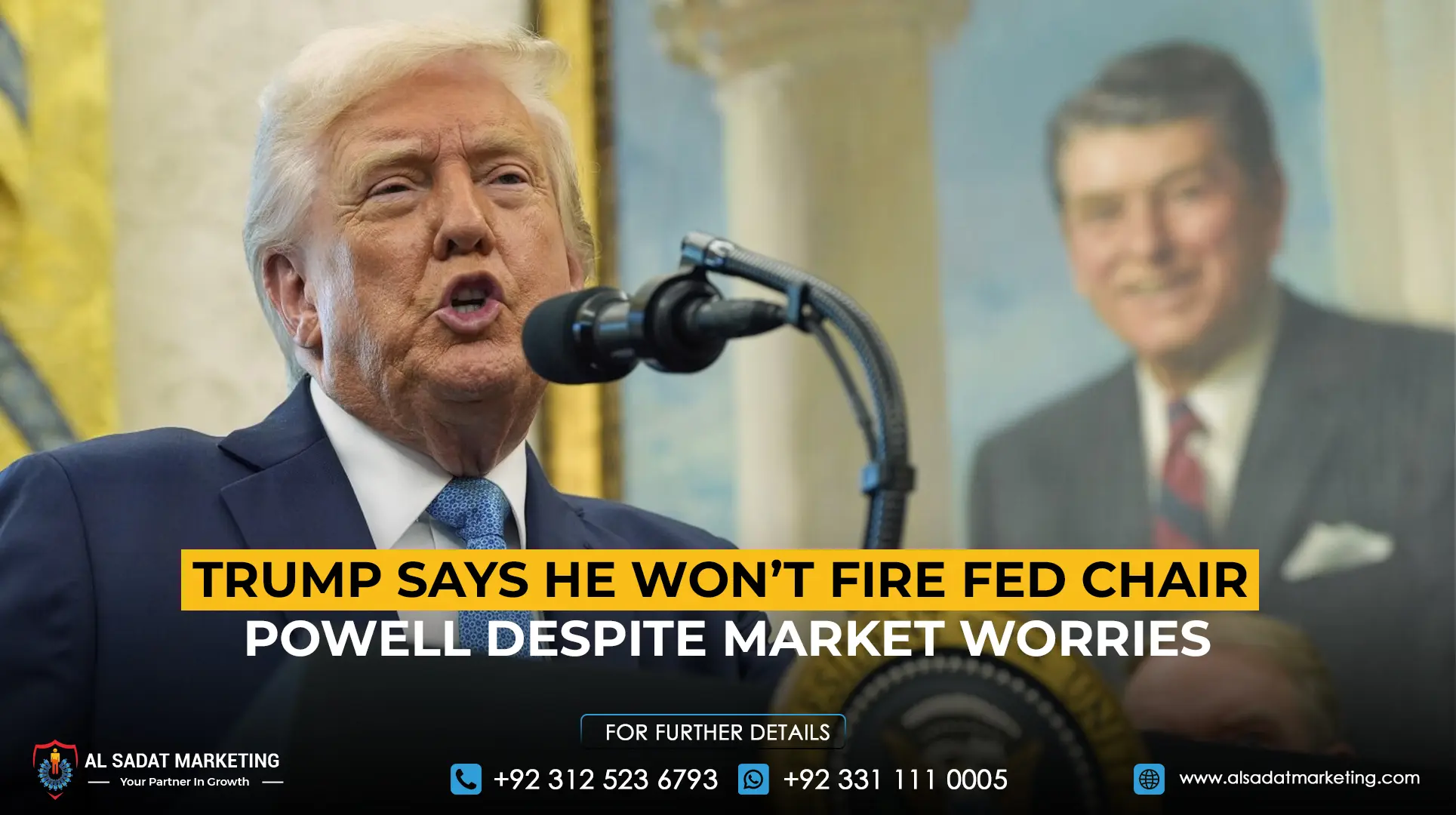US President Donald Trump has stated that he has no plans to remove Federal Reserve Chair Jerome Powell, easing investor concerns following a period of market turbulence triggered by his recent criticism of the central bank. Speaking at the White House, Trump clarified his position, saying, “I have no intention of firing him,” but added that he would prefer Powell to be more proactive in lowering interest rates.
Trump’s remarks come after a volatile few days for global financial markets, which saw declines in US stocks, Treasury yields, and the dollar, driven by fears of political interference in monetary policy. His softened stance led to a rebound in equity index futures, which rose nearly two percent after his comments.
Also Read: The Importance of Trust & Transparency in the Real Estate Business
Market analysts welcomed the shift, emphasizing that the president’s earlier attacks on Powell had raised concerns about central bank independence. Krishna Guha, Vice Chairman of Evercore ISI, noted that Trump’s reassurance helped reduce fears of worst-case scenarios, such as stagflation or a sovereign debt crisis.
Adding to the positive market sentiment, Trump expressed optimism about ongoing US-China trade negotiations, hinting at a potential reduction in tariffs on Chinese imports if a deal is reached. He stated that while tariffs would not be eliminated, they would be significantly lower than current levels, offering some relief to businesses and investors worried about the trade war’s economic impact.
Despite this apparent truce, Trump continues to advocate for interest rate cuts, urging the Fed to act more swiftly to support economic growth. He has long criticized Powell for maintaining higher rates, despite appointing him during his first term, and previously suggested removing him over policy disagreements.
The legality of firing a Fed chair remains uncertain, with the Federal Reserve Act allowing the removal of governors only “for cause.” This legal ambiguity has sparked debate, especially as similar issues regarding presidential authority over independent agencies face scrutiny in US courts.
The Federal Reserve, meanwhile, has kept rates steady at recent meetings, holding them at 4.25 to 4.50 percent, while adopting a cautious stance amid fears of stagflation. Markets now expect three rate cuts by the end of the year, down from earlier forecasts of four.
Economic indicators remain mixed, with strength in employment and retail, but declining consumer and business confidence. The IMF has also revised its growth forecasts downward for both the US and global economies, citing the negative effects of Trump’s tariff policies.










